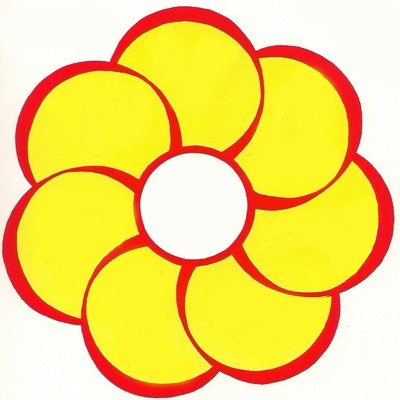Writing Activities - Shape Books
SHAPE BOOKS -- THE SURPRISE EGG
Have fun while writing!
A Shape Book can be a way of arousing interest in a subject and working it into the content of the writing. Shape Book ideas can lend themselves to different areas of the curriculum. For example, in a study of nutrition students may learn about eggs in their diets. In science you might study about different living things that hatch from eggs and you might even be hatching some eggs in your classroom. With the egg shape and picture representing the sound for the letter “e,” the Shape Book becomes an expressive language activity for the phonics lesson.
With the Easter holiday upon us, there are many things we can do with some of the theme, without teaching religion in the classrooms. Depending on curriculum restrictions, the egg theme can be used both for writing about the historic meaning of Easter eggs or its meaning with current activities. Students in the classroom are especially motivated to write about these things during the days preceding or following Easter.
Here’s one way I present it to students as an expressive language activity with the writing paper and plain paper cover stapled together and cut into an egg shape:
The stories we are going to write today will be surprises and you are going to see the story in your head (visual imagery) before you start to write. Keep the surprise a secret for right now.
- First, close your eyes and imagine that you are inside an egg. (Have students sit in a “curled up” position with arms around knees.) It can be a small egg or a very large egg.
- Keep your eyes closed and tell us what you can see inside your egg. (Some students respond one at a time.)
- Now tell us what it sounds like inside your egg. (Students respond, eyes still closed.)
- Think now what what it feels like inside your egg. (Students respond again, eyes still closed.)
- Do you want to stay inside that egg? (Students respond–most say NO.)
- Think about how you will get out of that egg. (Eyes still closed for several seconds. Responses are optional now or can be saved for writing.)
- Now open your eyes. You are going to write about your experience inside the egg–how it looks, how it sounds, how it feels. Then write how you get out of the egg.
- Write about what you see and do after you get out.
After writing, students can decorate the cover, perhaps as an Easter egg. Then, on the back sheet they draw what was inside the egg. Students can take turns reading some or all of their stories and have other students guess what they are–bird, duck, snake, etc.
Remember that the finished egg stories with their cover illustrations can be displayed on the bulletin board or in the hallway for others to enjoy reading.
